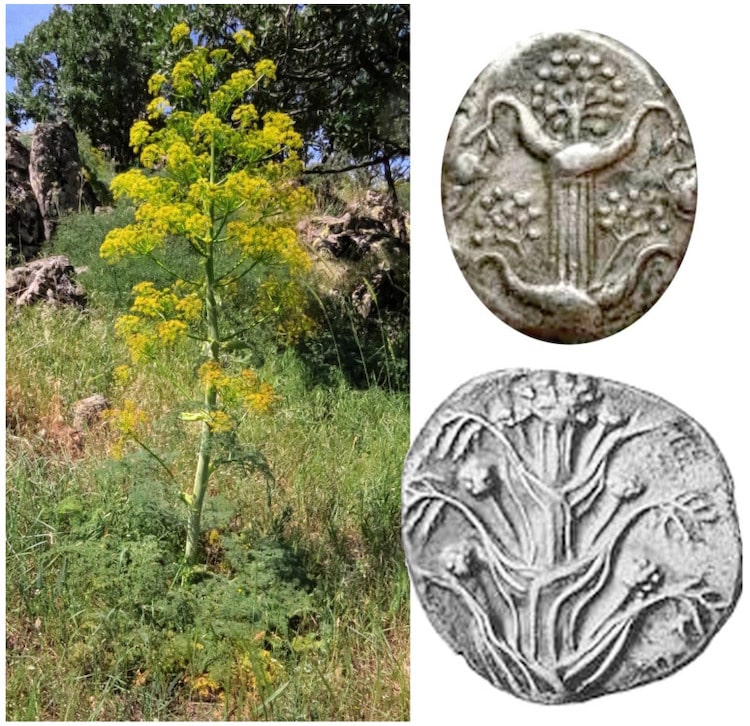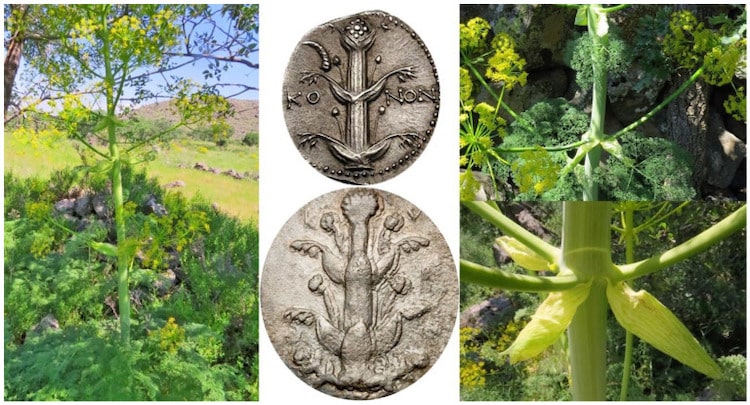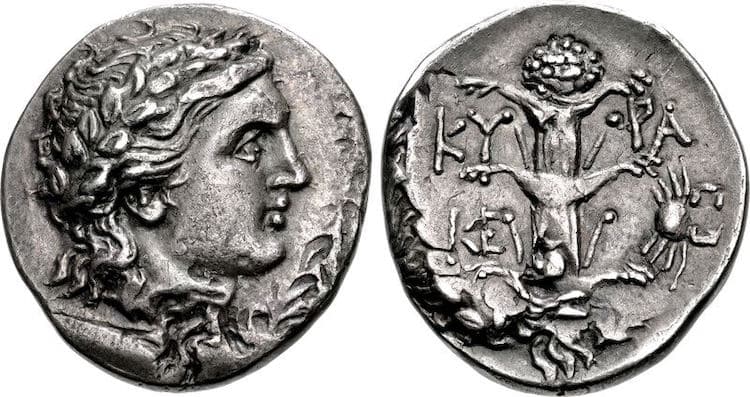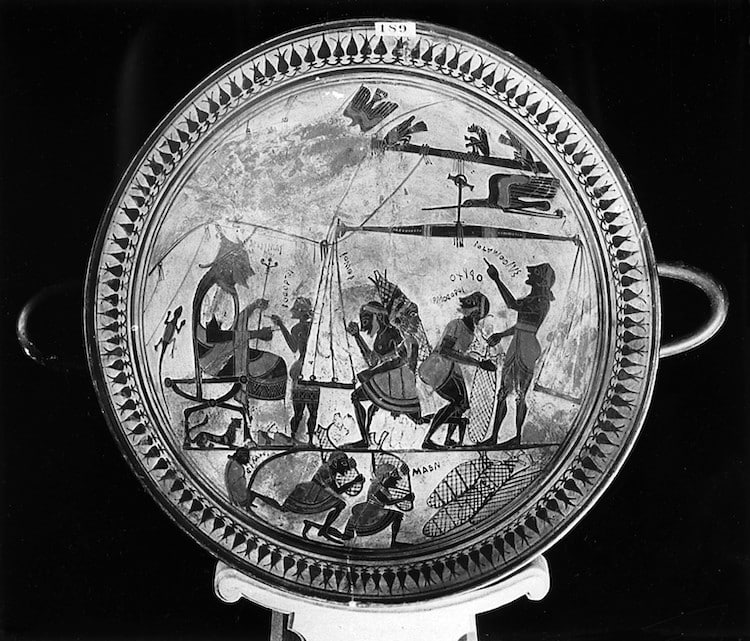The Turkish endemic Ferula species (left) and a similar plant on Cyrenaic coins (right).
(Photo:Miski, 2021)
The ancient Greeks used many natural remedies.
Among them was a golden plant that grew on long thick stalks calledsilphium, or silphion.

The Turkish endemic Ferula species (left) and a similar plant on Cyrenaic coins (right). (Photo:Miski, 2021)
Yet, for the past two millennia, the plant has beenthought extinctand lost to the annals of history.
Silphium was as valuable as precious metals like gold and silver in ancient times.
The medicinal uses of the plant were prized across different Mediterranean civilizations.

Comparing Ferula Drudeana with ancient coins. (Photo:Miski, 2021)
By the 1st century CE, the plant was already much more elusive.
For these many years past, however, it has not been found in Cyrenaica.
The plant then vanishes from ancient texts.

A coin depicting Magas as Ptolemaic governor, circa 300–282 or 275 BCE. (Photo: Classical Numismatic Group, Inc. http://www.cngcoins.com viaWikimedia Commons,CC BY-SA 3.0)
This volcano in Anatolia is hundreds of miles from modern Libya wheresilphiumwas once documented.
However, when Miski spotted a plant known asFerula Drudeana, he was immediately interested.
Its stalks, flowers, and leaves closely resemble the prized plant depicted on ancient coins.

Weighing and loading of Silphium at Cyrene.(Photo: Wellcome Library, London viaWikimedia Commons,CC BY 4.0)
Meanwhile, his research showed that the modern plant brings many benefits once attributed to the ancient herb.
Its compounds are cancer-fighting, contraceptive, and anti-inflammatory.
So, couldFerula Drudeanabe silphium?
Perhaps the plant followed its enthusiastic consumers.
Like the ancient plant,Ferula Drudeanagrows after heavy spring rains.
Comparing Ferula Drudeana with ancient coins.
A coin depicting Magas as Ptolemaic governor, circa 300282 or 275 BCE.